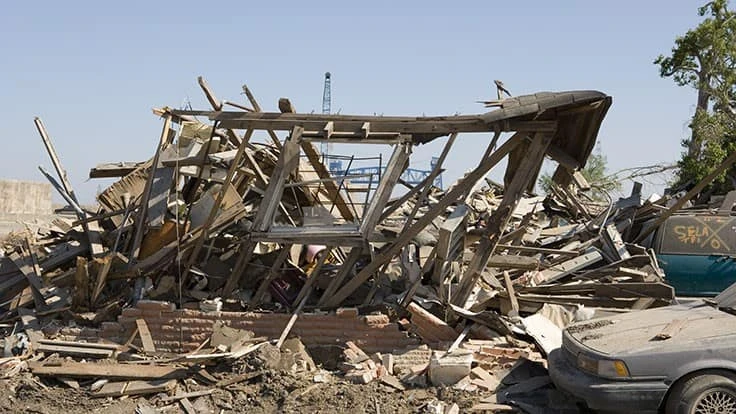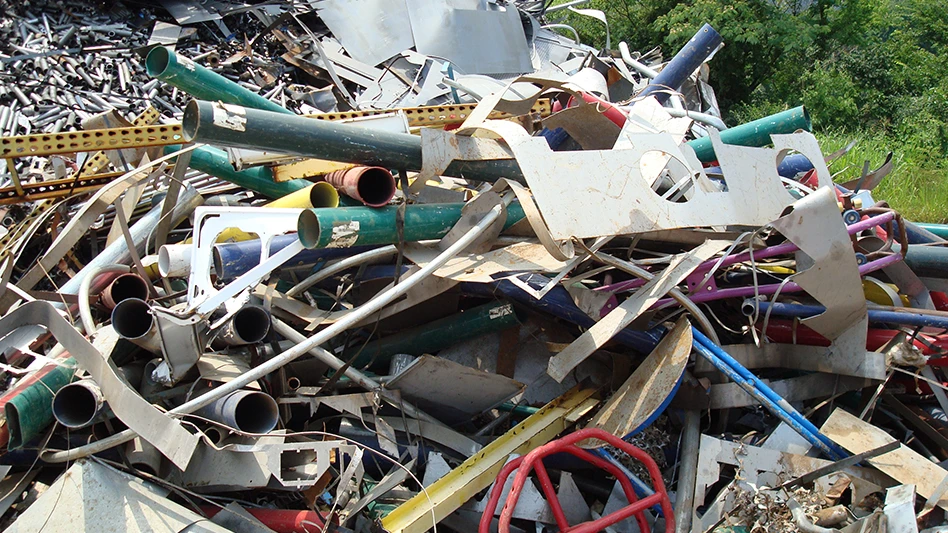
Image provided by Dreamstime.
The United States Environmental Protection Agency (EPA) says it has undertaken a nationwide expansion of its “interactive dataset that maps recyclers and landfills for the planning, response and recovery of debris” created by a natural disaster.
Says the EPA, “This debris recovery tool has already proven valuable in training exercises and response activity to natural disasters.”
“EPA is prepared to help communities more rapidly recover from natural disasters,” says EPA Administrator Andrew Wheeler. “EPA’s debris recovery tool will assist federal, state, local and tribal emergency personnel to quickly identify recycling, composting and disposal facilities near affected areas that may be able to accept disaster debris.”
The expansion of the recovery tool was supported by the E-Enterprise Initiative that emphasizes collaboration and data sharing among EPA, states and tribes. The agency says the recovery tool “advances EPA’s goals of recycling and material recovery following natural disasters, such as hurricanes, and is one of several resources mentioned in EPA’s Planning for Natural Disaster Debris Guidance.”
The recovery tool also can be used by local governments to identify potential facilities before a disaster occurs, which ideally can help communities recover faster. “Better management of debris may reduce injuries, minimize or prevent the environmental impacts of mismanaged wastes and ultimately support compliance with environmental regulations,” states the EPA.
Early adoption of the interactive tool in the U.S. EPA’s Chicago-based Region 5 office has already led to successful disaster debris management planning for the Mille Lacs Band of the Ojibwe tribe in Minnesota and in tornado response by the Illinois Environmental Protection Agency, says the U.S. EPA.
More information on the EPA’s debris recovery tool can be found on this web page.
Latest from Recycling Today
- Second Cyclyx Circularity Center to be located near Fort Worth, Texas
- Sennebogen machinery keeps material moving at German recycling plant
- Tenamec adds Virginia dealership
- Thyssenkrupp Steel announces site closure and job cuts
- Tennessee Tech receives $4.8M grant to improve EV battery recycling
- Don’t Trash Glass partners with glass suppliers in Colorado and Kentucky
- ICCA releases Plastic Additives Database
- EMR adds electric material handler to its Becker, Minnesota, operations





